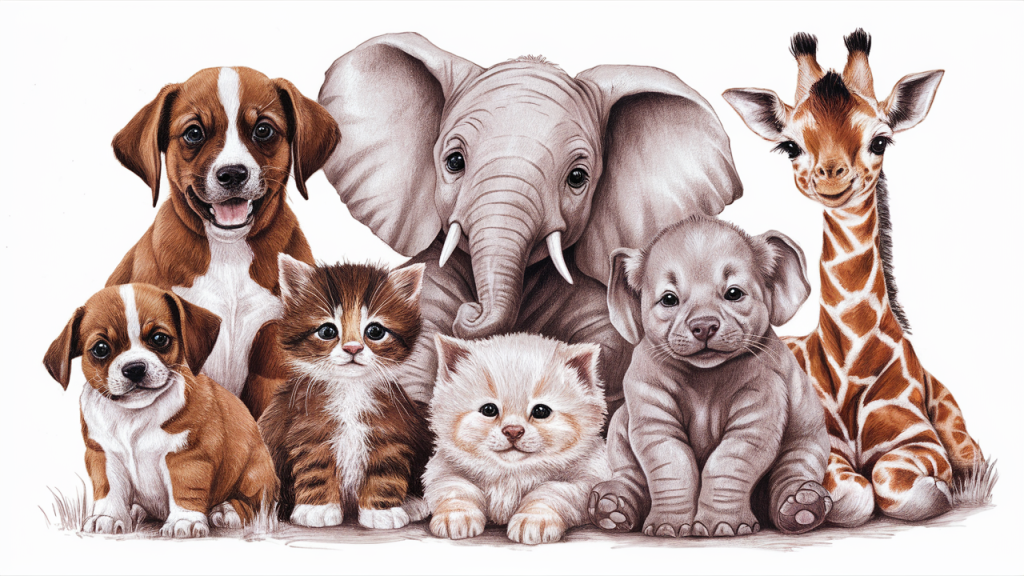Have you ever wanted to draw cute animals but felt stuck with where to begin? I’ve been there too!
In this article, I’m sharing 21 super easy animal drawings perfect for beginners. You’ll find step-by-step ideas organized from simplest to most detailed, with color suggestions for each adorable creature.
Drawing can feel intimidating when you’re starting. I know because I once couldn’t draw more than basic stick figures! But these animal ideas will solve that problem – they use simple shapes that anyone can master.
As an art teacher for over 8 years, I’ve helped hundreds of beginners create cute animals they’re proud of.
Even if you’ve never drawn anything “good” before, these forgiving animal shapes will build your confidence fast.
Whether you want to:
- Create cute cards for friends
- Fill a sketchbook with adorable creatures
- Just have fun with a pencil
These animal drawings are your perfect starting point!
Cute and Simple Animals to Start With
These first seven animals use basic, rounded shapes that are super beginner-friendly. They’re the perfect starting point!
1. Chubby Cat
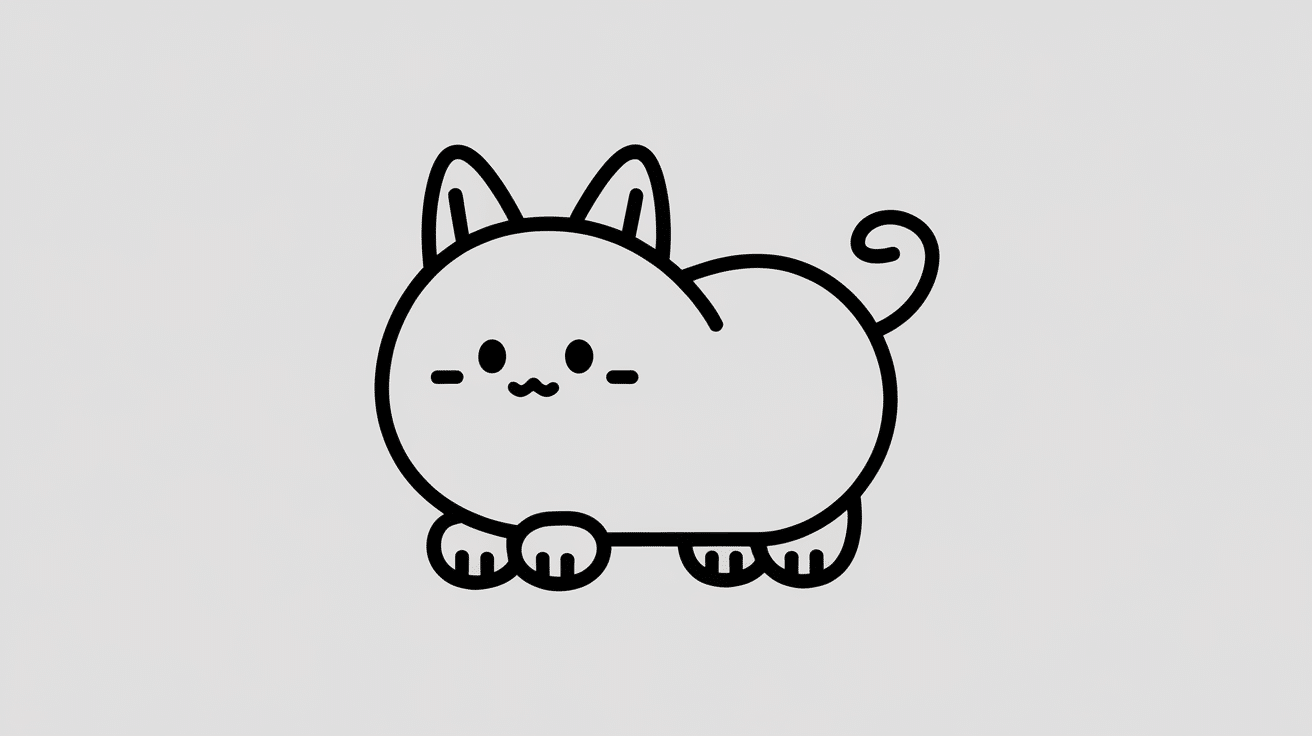
Start with a big circle for the body and a smaller circle for the head. Add tiny triangular ears, dots for eyes, and small ovals for paws.
The chubbier and rounder, the cuter your sleepy kitty will look!
Color Suggestions:
- Soft grays for a classic look
- Warm oranges for a ginger tabby effect
- Light cream shades for an elegant appearance
2. Fluffy Bunny
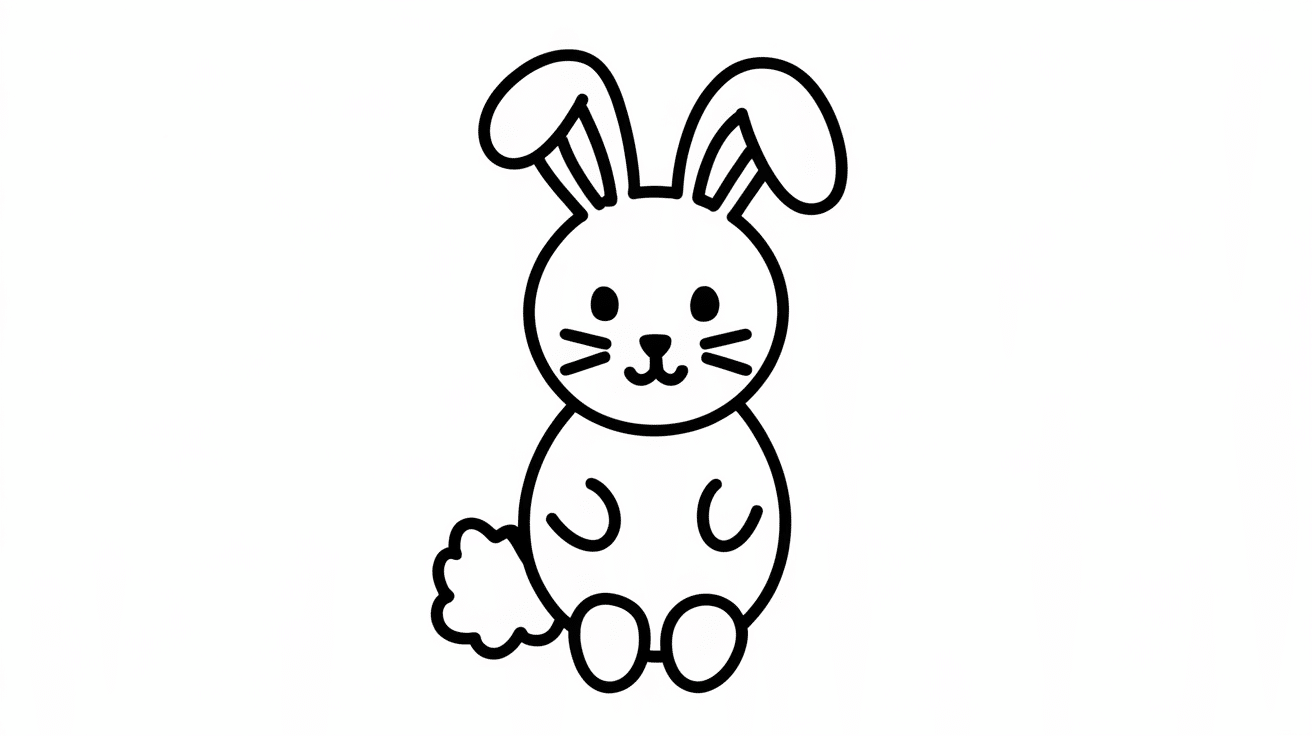
Draw a medium circle for the body and a smaller one for the head. Add two long ears (like upside-down U shapes), dot eyes, and a tiny triangle nose.
Don’t forget that cotton-ball tail that makes bunnies so recognizable!
Color Suggestions:
- White for the classic bunny look
- Light brown for a more natural wild rabbit appearance
- White with pastel pink accents inside the ears for extra cuteness
3. Smiling Puppy
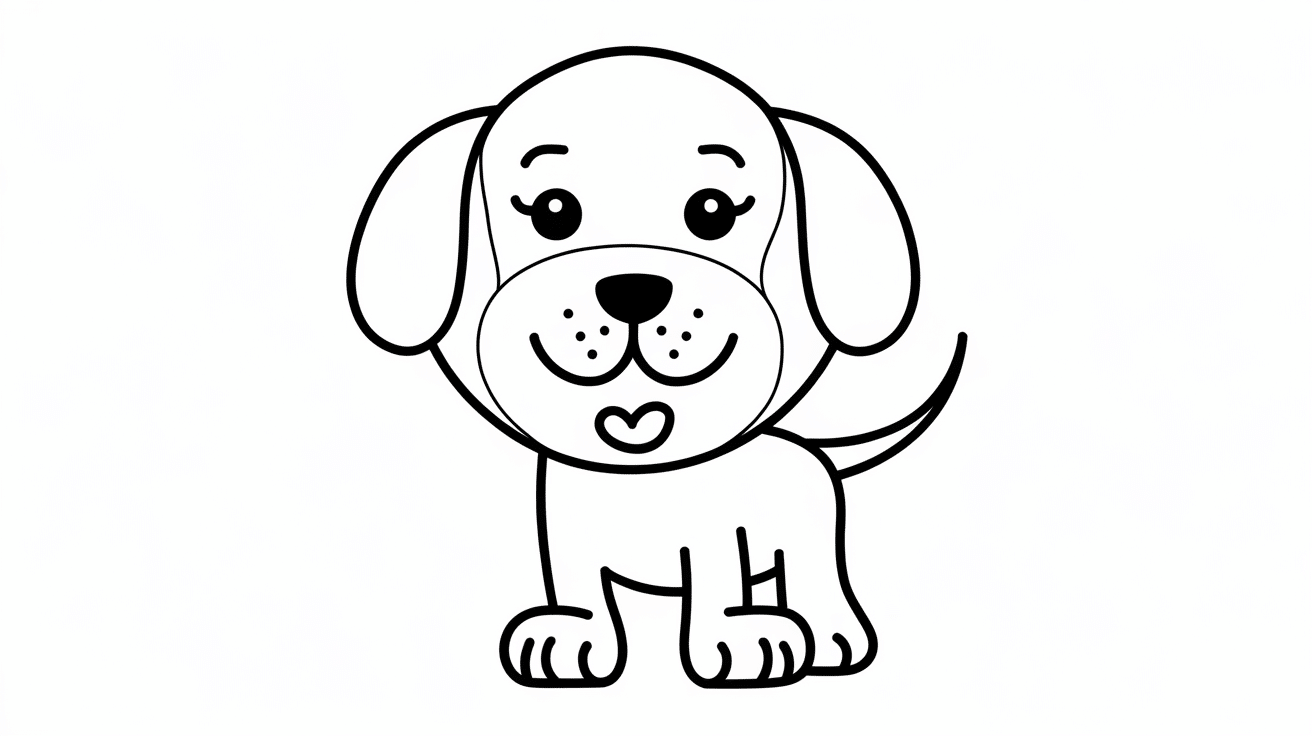
Start with an oval-shaped head and add floppy ears hanging down. Draw a small circle for the snout, add dot eyes, and curve a line for a happy smile.
A little wagging tail completes your pup and suggests playful movement!
Color Suggestions:
- Golden brown for a friendly retriever look
- Chocolate brown for a sweet labrador-style
- Black and white spotted pattern for a Dalmatian effect
4. Baby Elephant

Begin with a rounded body and add a slightly smaller head. The magic is in those oversized ears – draw them nice and big for maximum cuteness.
Add a small, curved trunk and stubby legs that make the elephant look young and adorable.
Color Suggestions:
- Soft gray for the classic elephant look
- Pink inside those big ears for a realistic touch
- Light blue-gray for a fantasy baby elephant
5. Little Hedgehog
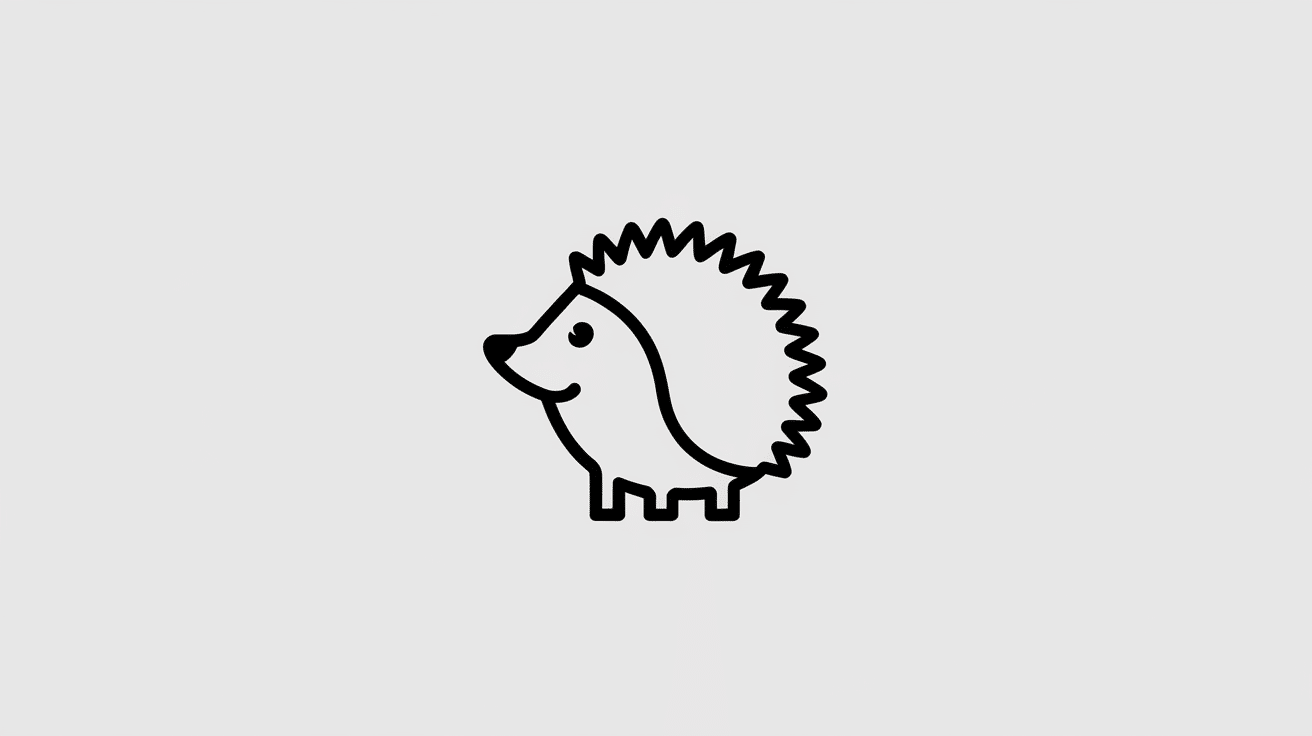
Draw a small oval for the body and add a pointed nose.
The fun part comes when adding lots of short, spiky lines across the back while keeping the face smooth and friendly. Their tiny size makes them extra endearing!
Color Suggestions:
- Brown body for natural realism
- Darker brown spikes for contrast
- Tan underbelly to add dimension
6. Round Penguin
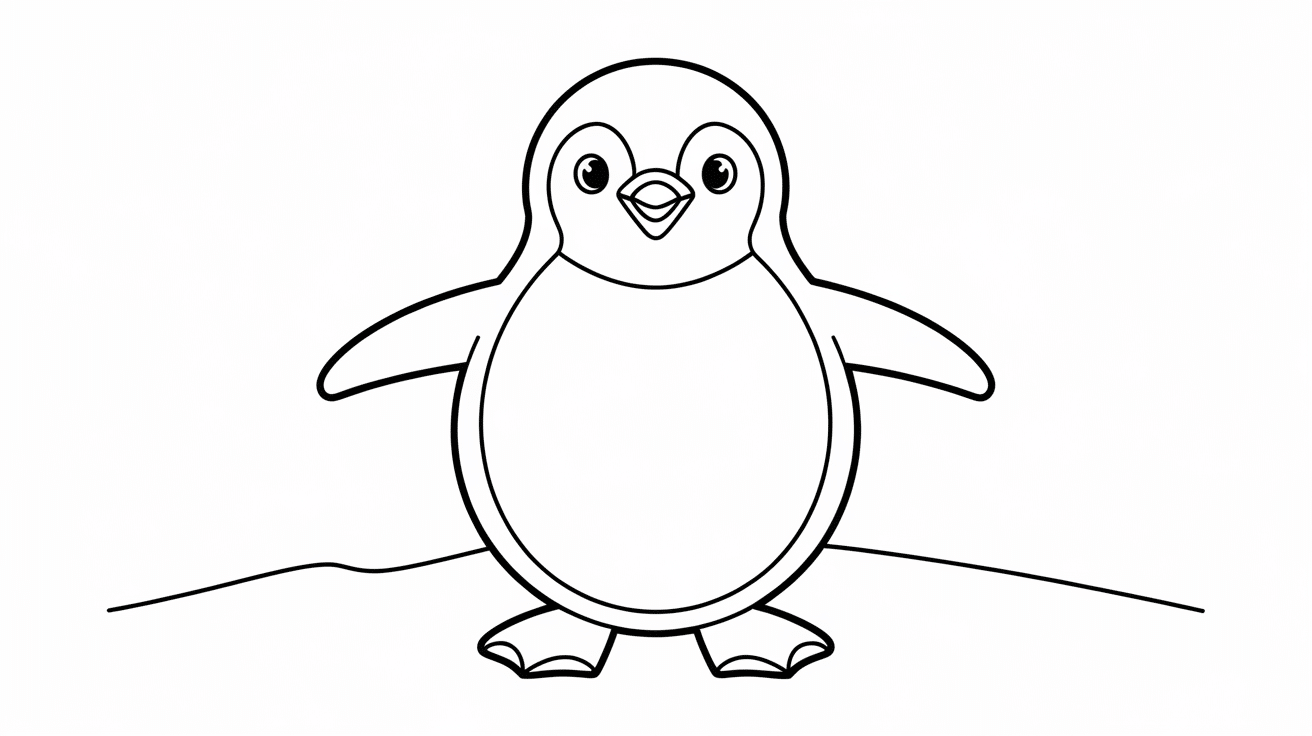
Create an oval body, add a small circle for the head, and color most of it black. Draw a white belly area, tiny flippers held slightly outward, and small orange feet.
The simple color pattern makes this one of the easiest animals to recognize!
Color Suggestions:
- Classic black for the back and head
- Clean white for the front belly
- Bright orange accents for the beak and feet
7. Happy Turtle
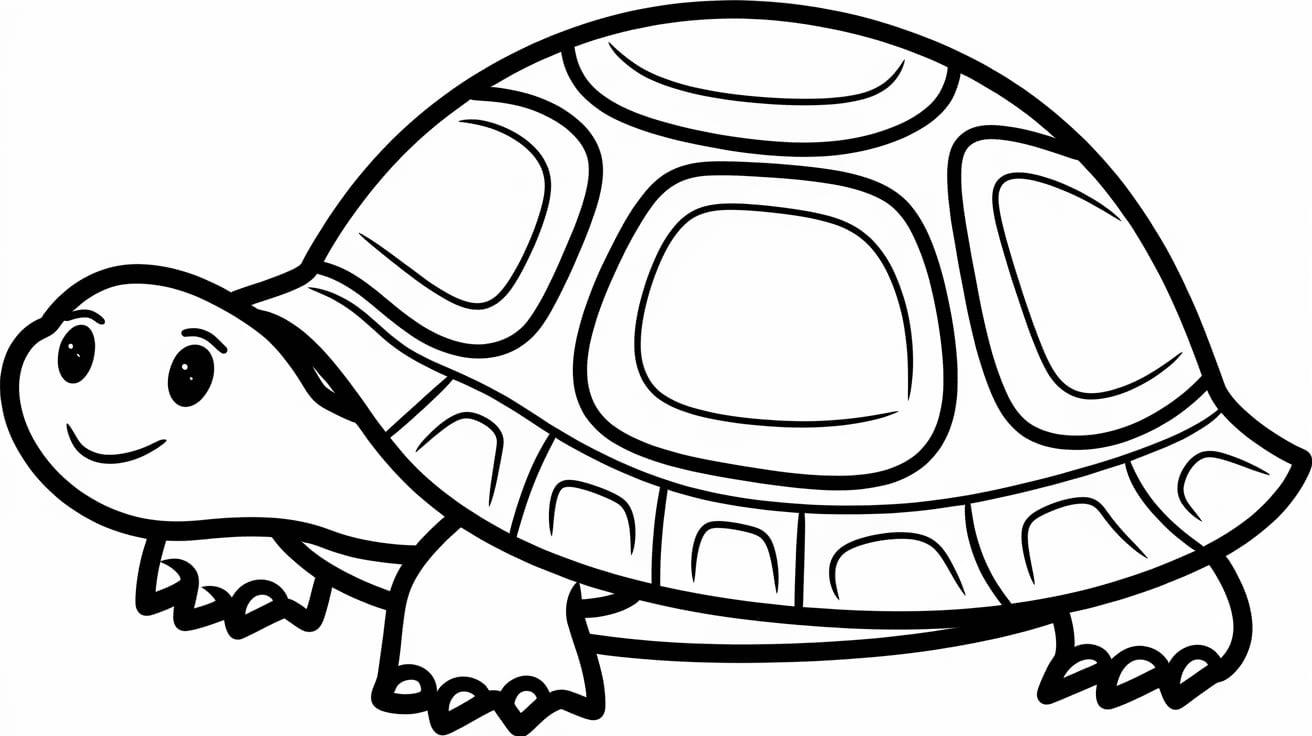
Draw a circle for the shell and a small head peeking out with a gentle smile. Add four tiny legs sticking out from under the shell, barely touching the ground.
Simple curved lines on the shell create that distinctive turtle pattern.
Color Suggestions:
- Green body for a fresh, lively look
- Brown shell for a realistic appearance
- Yellowish-green shell for a younger turtle
Expressive Animal Faces to Practice
Now, let’s focus on capturing animal expressions and emotions. These faces show personality!
8. Curious Kitten
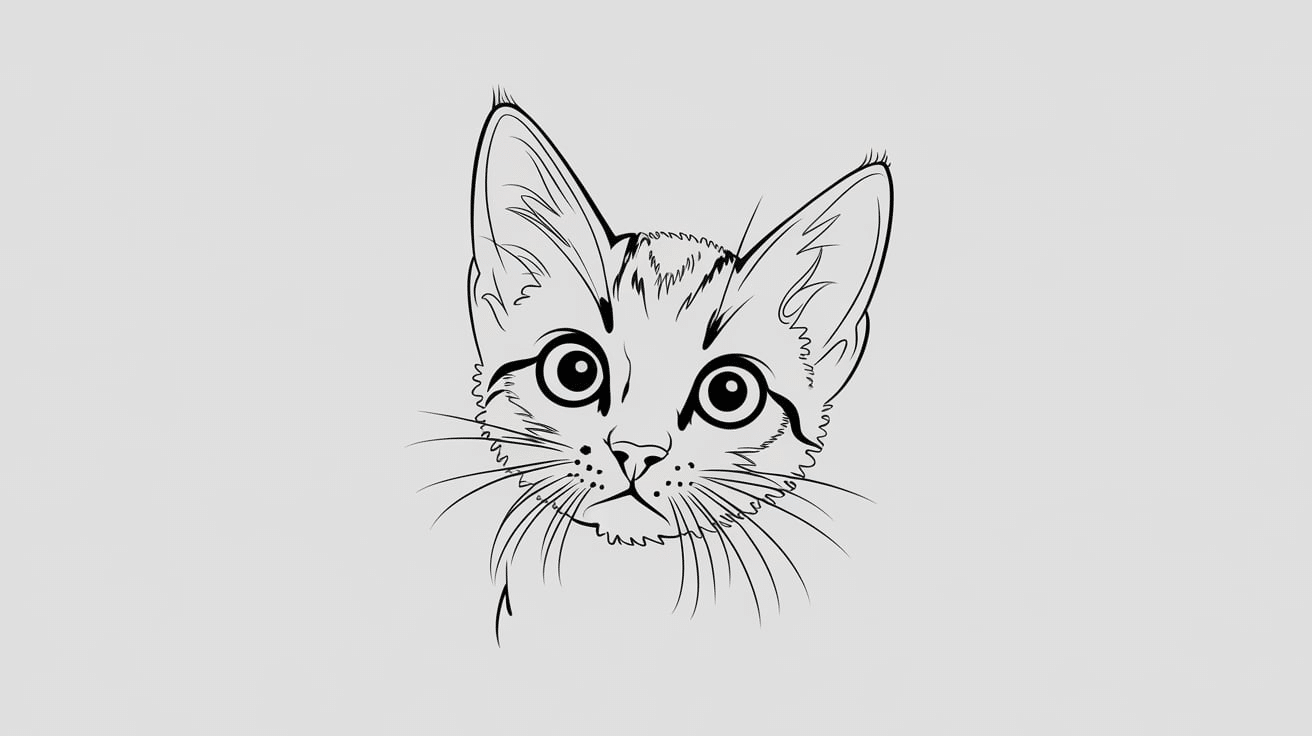
Draw a circle face with pointed ears on top, angled slightly forward to show interest. Add huge, round eyes (the bigger, the cuter!), a tiny triangle nose, and long whiskers.
Tilt the head slightly to one side for that questioning, curious expression!
Color Suggestions:
- Gray fur for a sweet, smoky kitten
- Ginger orange for a playful tabby look
- Soft white fur with extra-bright colored eyes for contrast
9. Friendly Fox
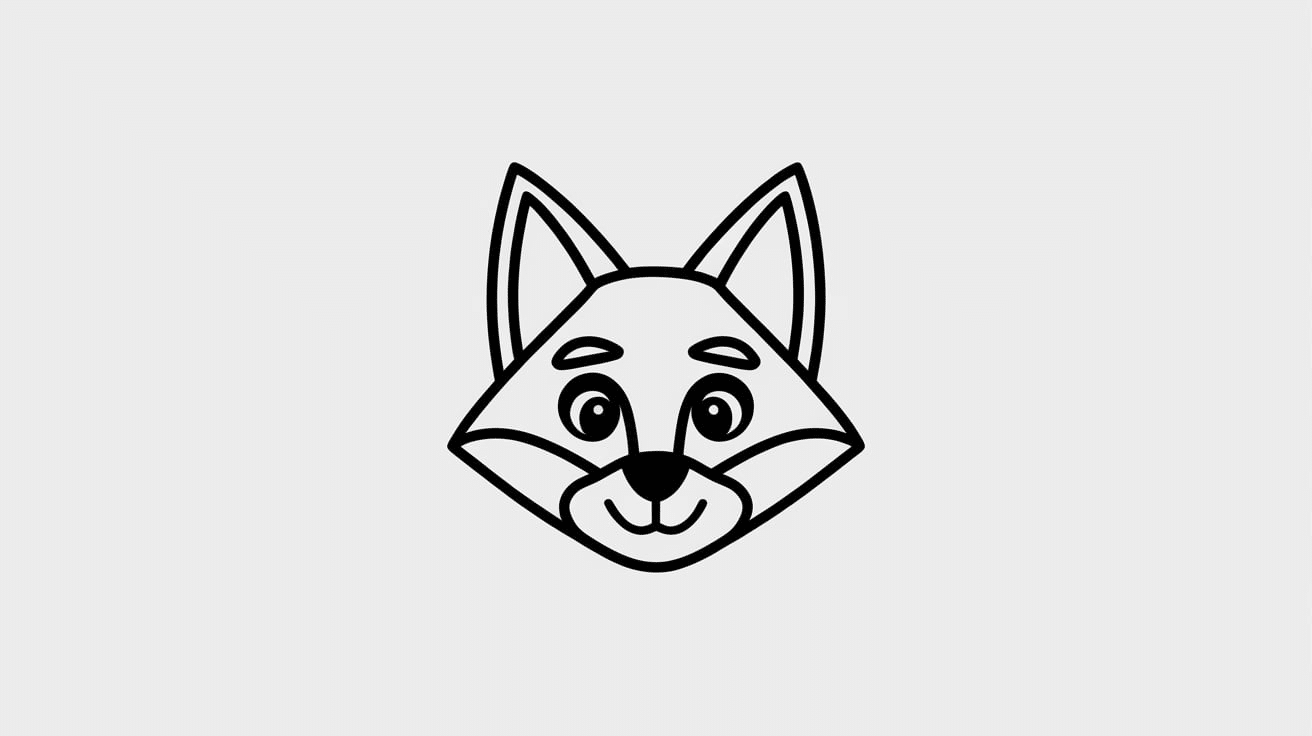
Create a pointed face with triangular ears that stand tall and alert. Add almond-shaped eyes with a gentle expression and a small black nose.
The secret to a good fox drawing is including that distinctive white patch under the chin and on the tip of the tail!
Color Suggestions:
- Bright orange fur for the classic fox look
- White accents on the chest, chin, and tail tip
- Black-tipped ears and paws for realistic detail
10. Goofy Frog
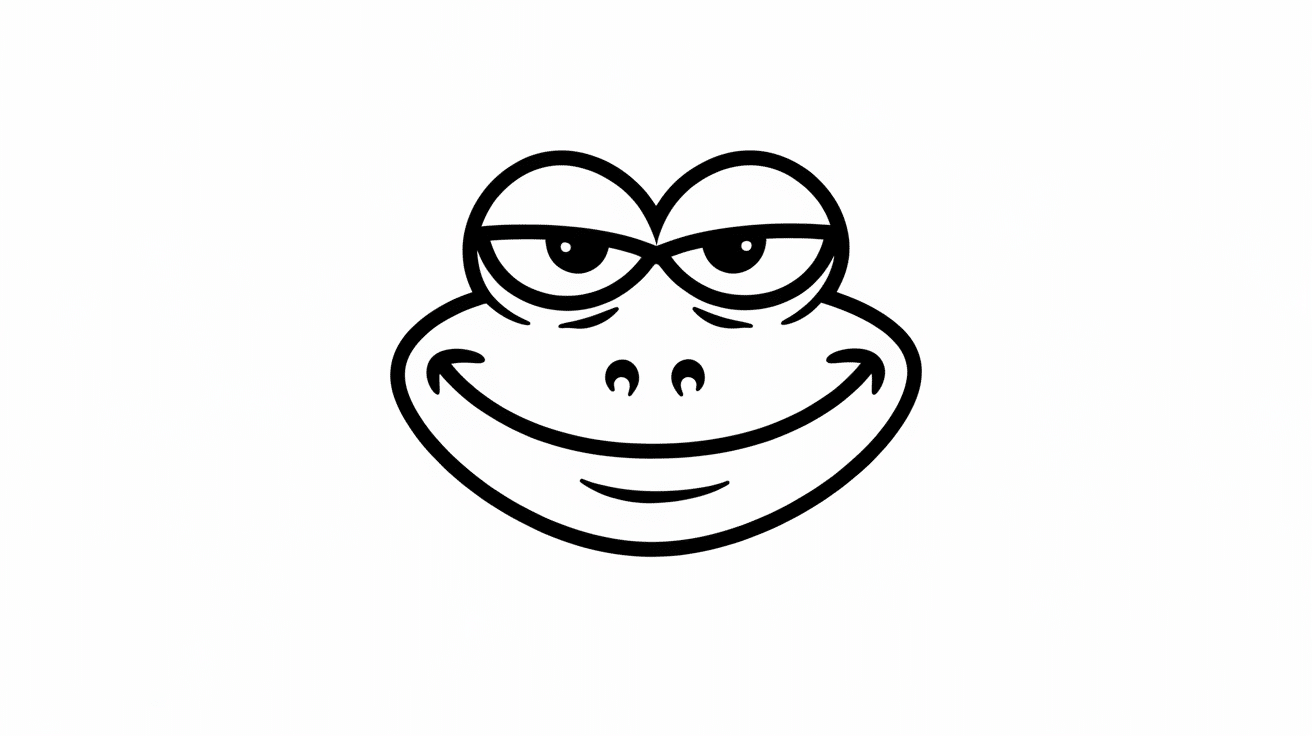
Draw a wide, rounded face with large bulging eyes positioned on top of the head. Add a huge, curved smile stretching across the face and tiny nostrils.
The exaggerated features create that lovable, silly expression frogs are known for!
Color Suggestions:
- Bright green for a classic tree frog
- Yellow spots or highlights along the back
- Red or orange accents for a poison dart frog-style
11. Gentle Deer
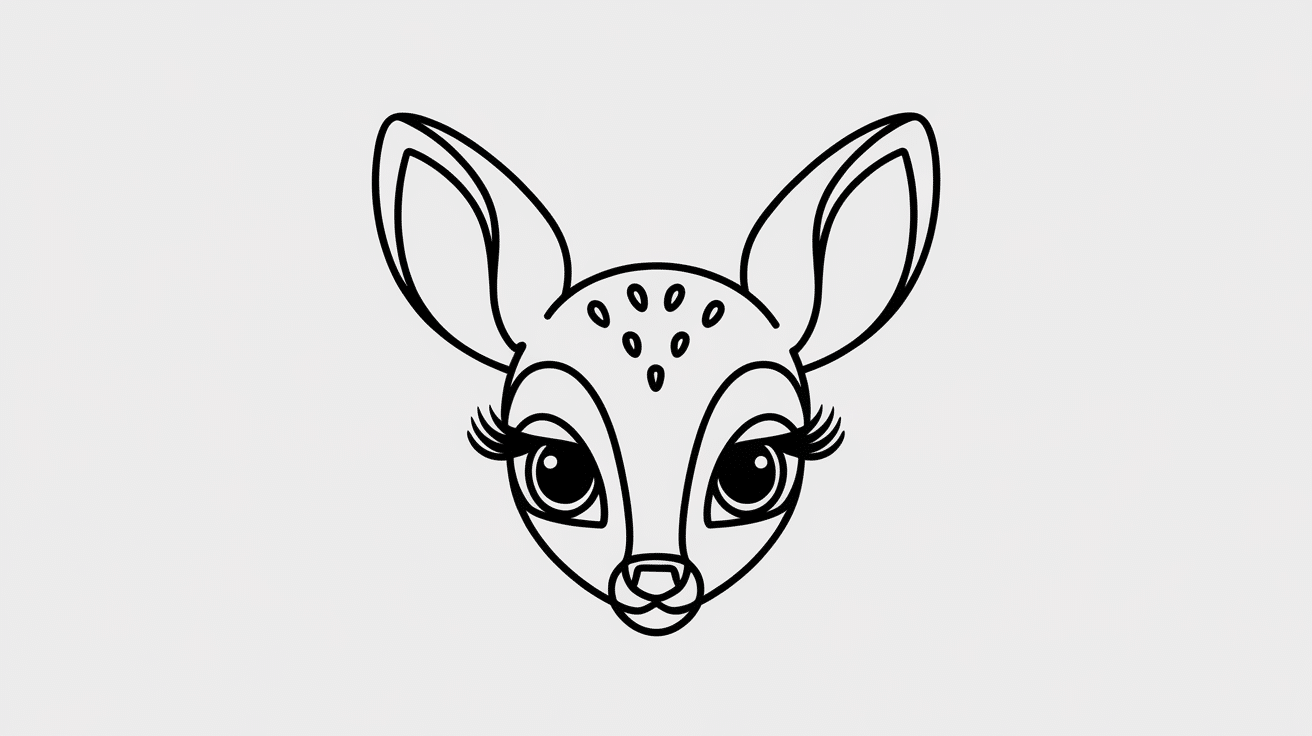
Create a narrow, delicate face with extremely large, soft eyes that dominate the expression.
Add small antlers or spots for a fawn, and don’t forget those long eyelashes! This animal’s innocent look makes it especially heartwarming.
Color Suggestions:
- Light brown fur for a natural look
- White spots for a young fawn
- Black nose and eye outlines for definition
12. Playful Otter
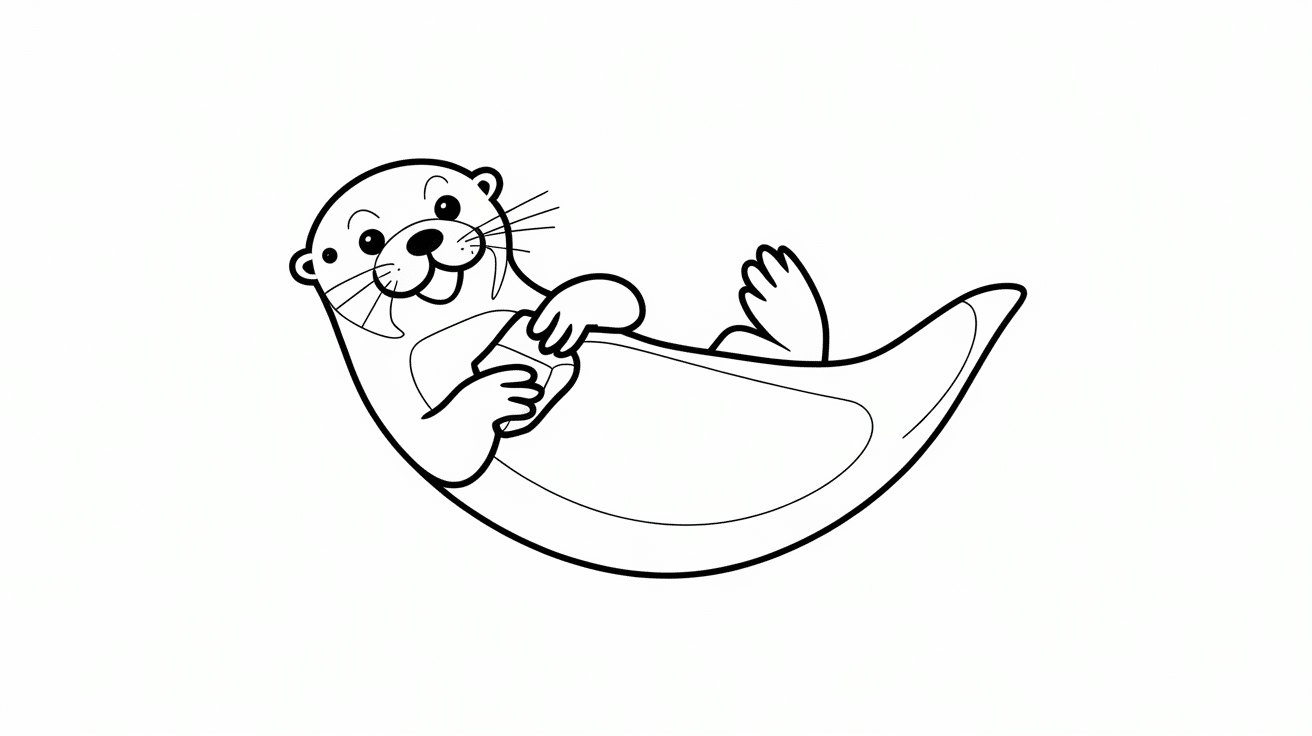
Draw an oval body with a smaller oval head positioned horizontally.
The cute part comes from showing it floating on its back, with a happy expression and paws holding a favorite object like a seashell or small stone against its chest.
Color Suggestions:
- Chocolate brown fur for the body
- Lighter cream-colored belly
- Dark brown for the nose and eye areas
13. Cheerful Duckling
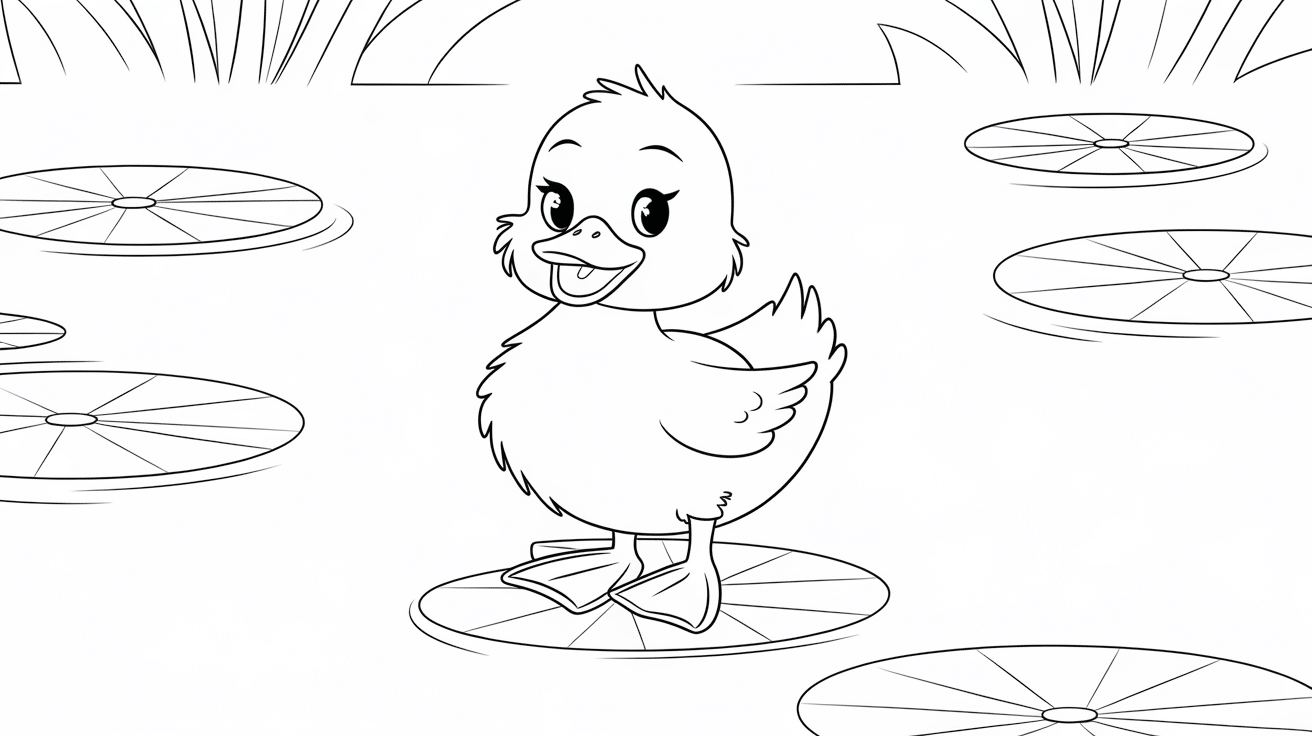
Make a round, extra-fluffy body with a small head and minimal neck. Add a short, wide beak and tiny wings that look too small for the body.
The fluffier and more disproportionate you make it, the more it captures that baby duck charm!
Color Suggestions:
- Soft yellow fluff for the classic duckling look
- Orange beak and feet for contrast
- Slightly darker yellow markings for texture
14. Sleepy Sloth
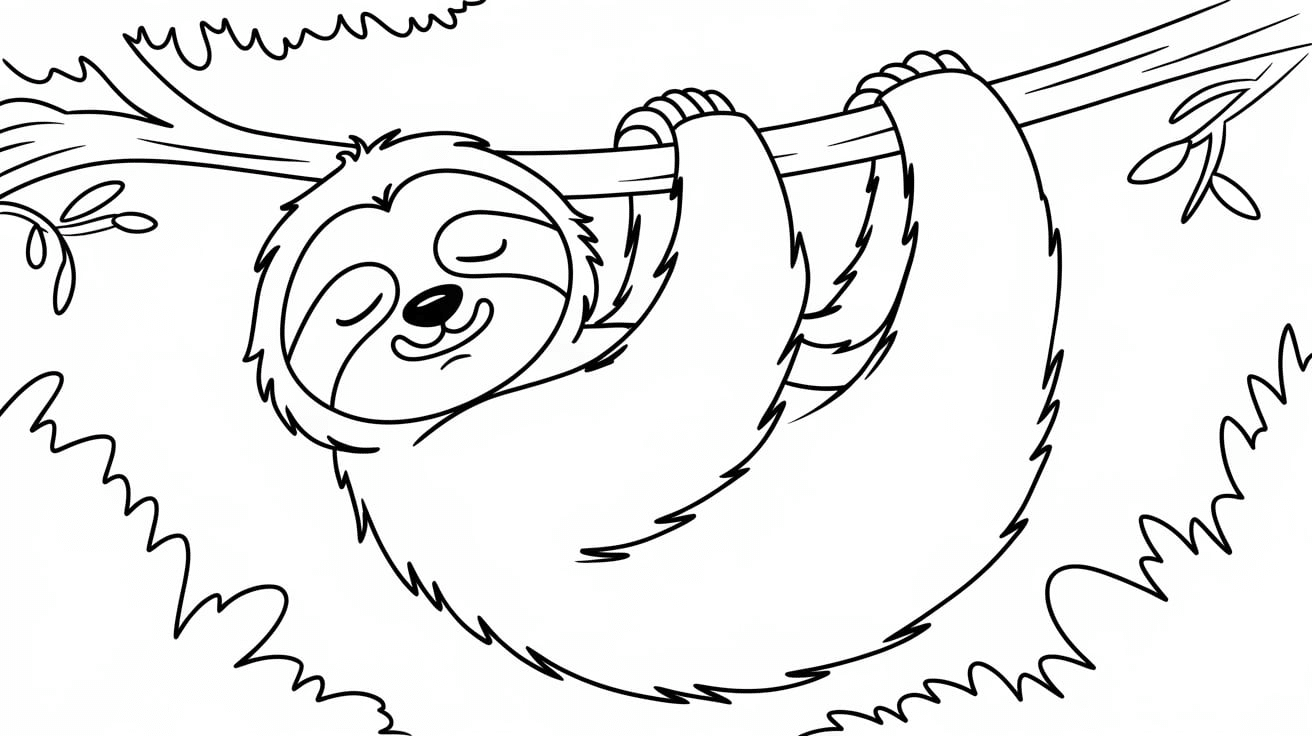
Draw a round face with a curved body hanging from a tree branch.
The key characteristic is drawing the eyes nearly closed with a content smile – capturing that perpetually sleepy, peaceful expression that makes sloths so endearing.
Color Suggestions:
- Light brown or gray fur for the body
- Darker face mask around the eyes
- Greenish tint to suggest algae growing in their fur
Fun and Whimsical Animal Sketches
These last seven animals have more personality and movement – but they’re still totally doable for beginners!
15. Blushing Panda
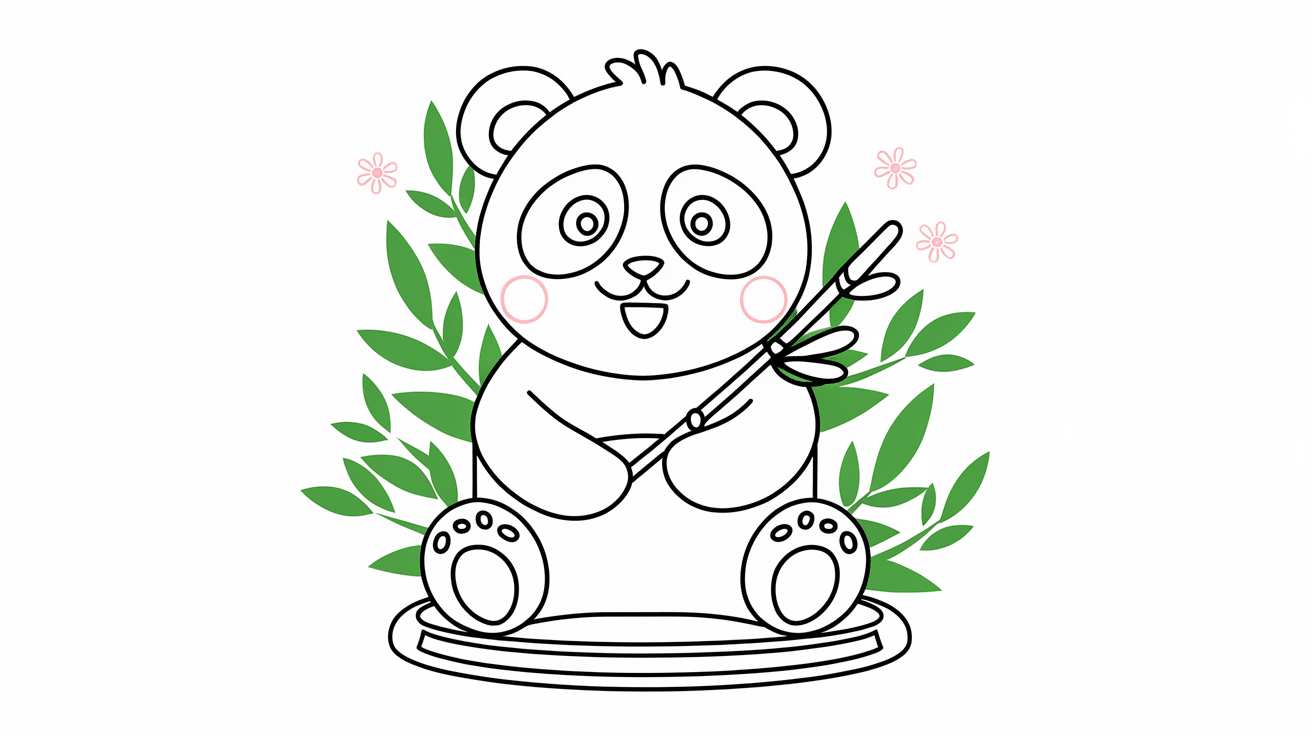
Create a round body sitting down with short legs extended forward. Draw a round head with distinctive black patches around the eyes and ears.
Add a piece of bamboo held in the paws and pink circles on the cheeks for that adorable blushing effect!
Color Suggestions:
- Classic black and white pattern
- Pink blush circles on the cheeks
- Green bamboo stalk as a prop
16. Dancing Dolphin
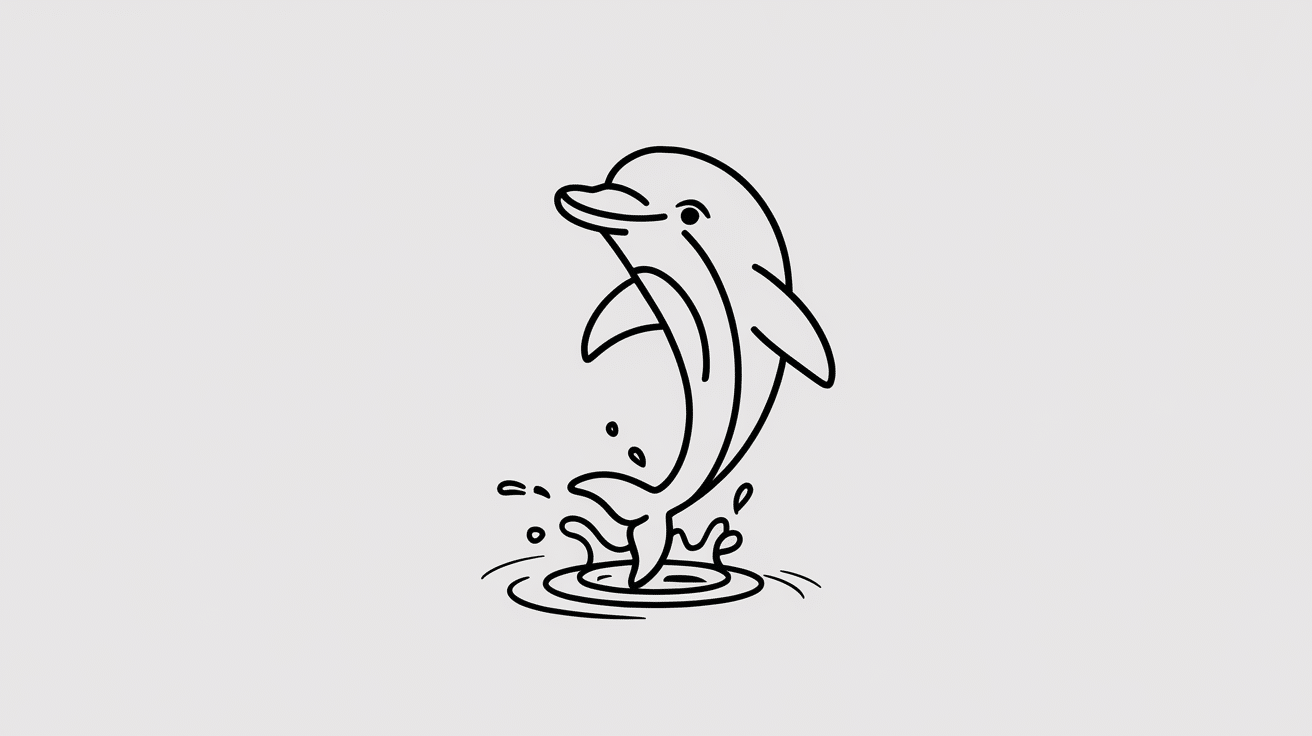
Draw a curved body with a pointed nose and a tail that arcs in the opposite direction to suggest movement and joy.
Add a prominent smile and water splashes around the body to create the impression it’s just leaped from the ocean in a playful mood.
Color Suggestions:
- Various shades of blue-gray for the body
- Lighter gray or white for the belly
- Clear or light blue splashes for the water effect
17. Silly Squirrel
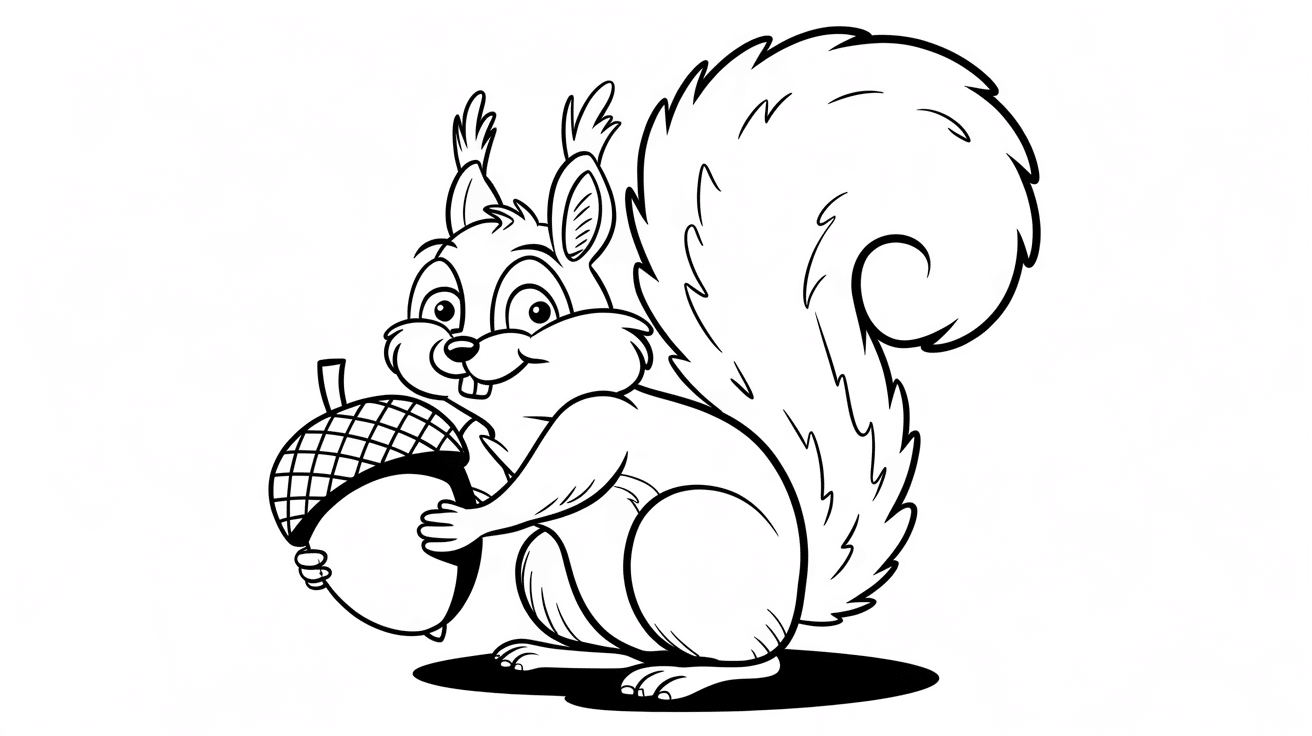
Make a small body with a ridiculously large, fluffy tail curled up behind it that’s bigger than the body itself.
Add tiny paws holding an acorn that looks almost too big for the squirrel, with wide eyes and a mischievous expression.
Color Suggestions:
- Reddish-brown fur for a classic squirrel look
- Golden tan fur for Variety
- Dark brown acorn with a lighter cap
18. Tiny Mouse
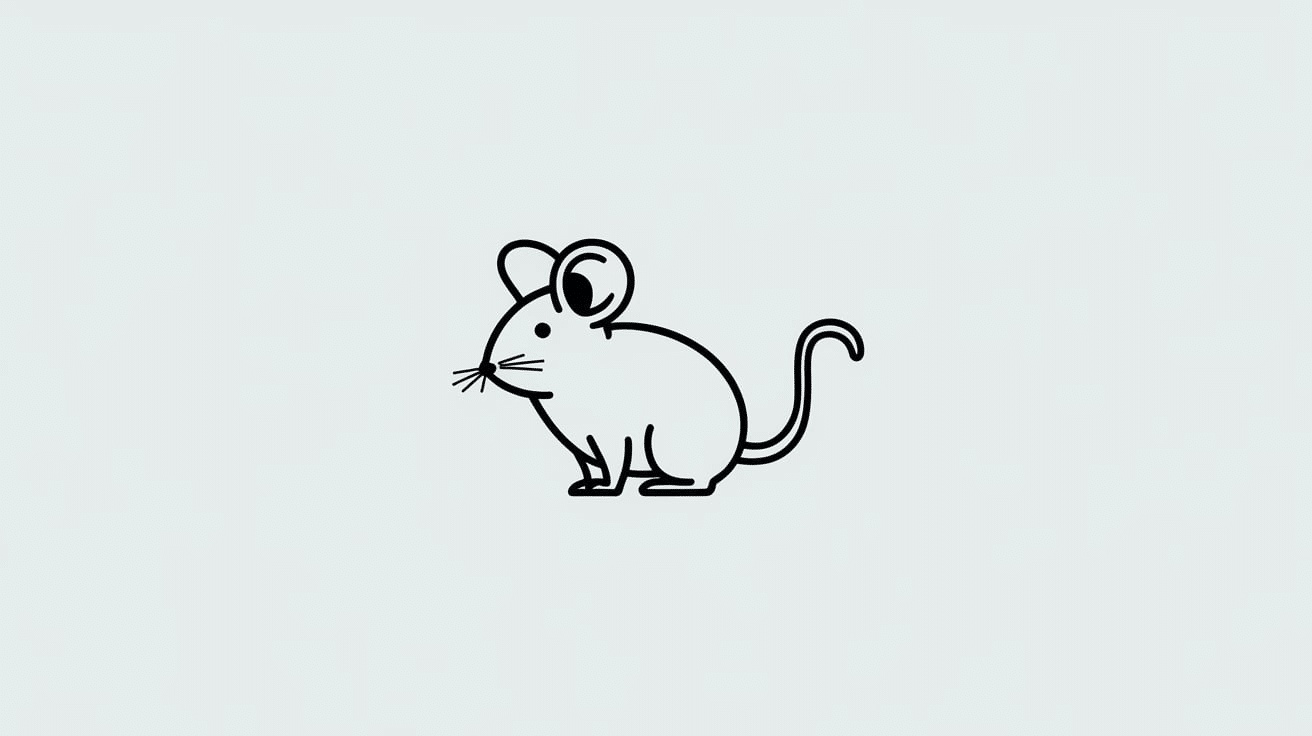
Draw a small round body with an even smaller head and pointed snout. Add disproportionately large round ears and a long, curved tail that’s longer than the entire body.
The contrast between the tiny body and the big ears creates instant cuteness!
Color Suggestions:
- Gray fur for a classic mouse
- Light brown for a field mouse variation
- Pink accents on ears, nose, and tail for sweetness
19. Chirping Bird
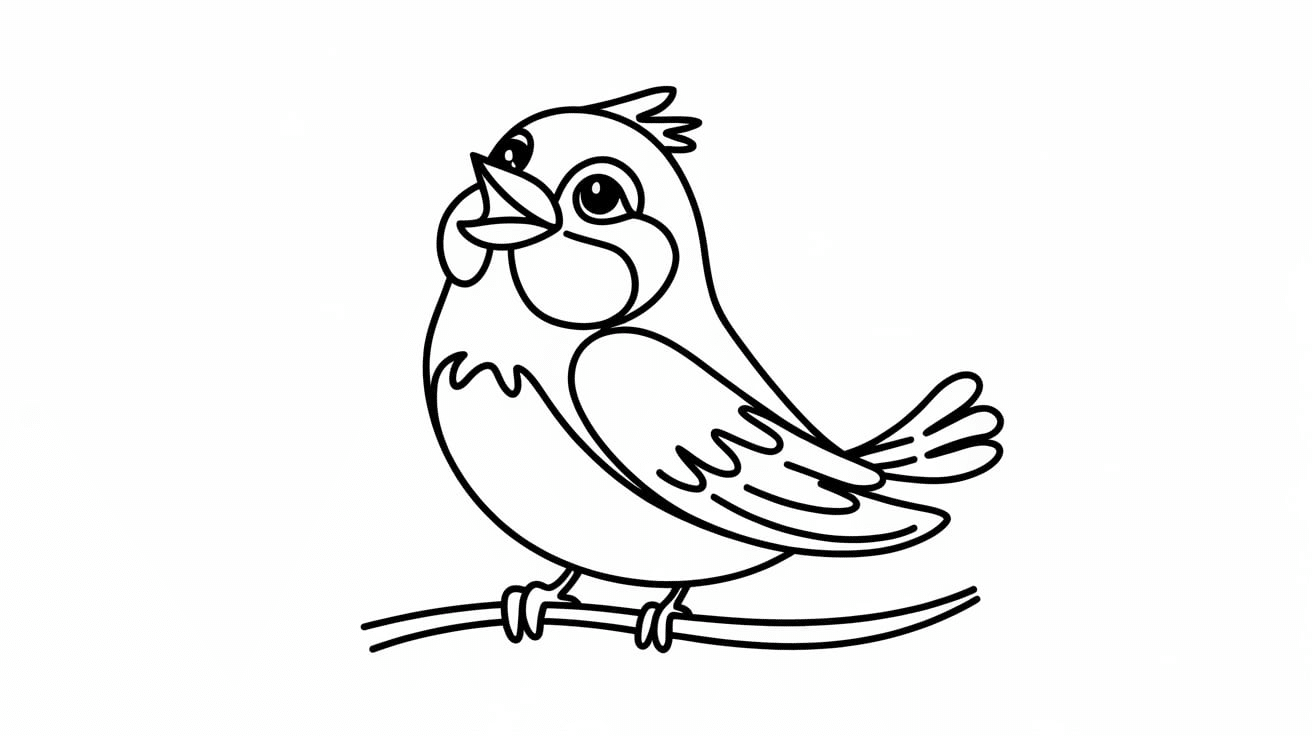
Create a rounded body with a slightly pointed beak opened wide as if in mid-song. Position it on a simple branch and add small wings slightly raised away from the body.
The open beak and slightly puffed chest capture that singing moment perfectly!
Color Suggestions:
- Bright blue for a bluebird effect
- Sunny yellow for a canary look
- Red with black wings for a cardinal-style
20. Giggling Goat
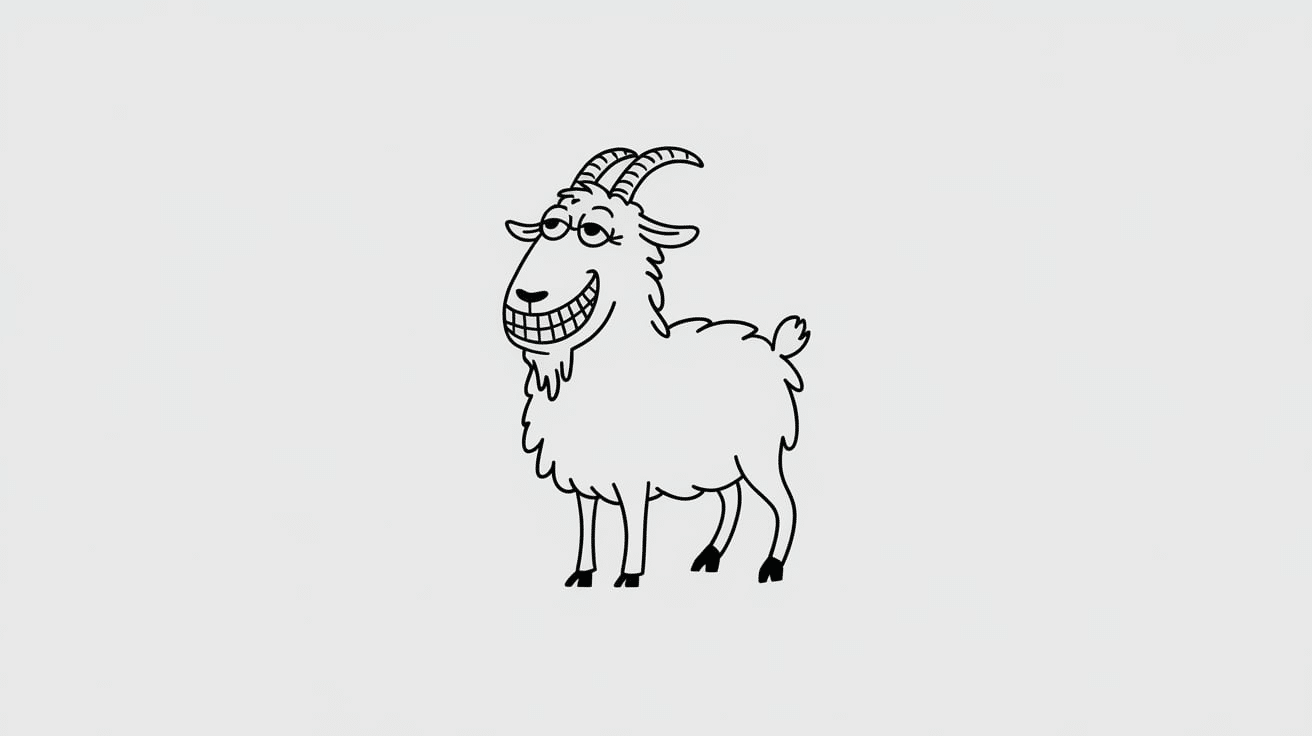
Draw a medium-sized fluffy body with noticeably skinny legs that seem barely able to support it. Add a rectangular face with tiny curved horns and a big, silly grin showing teeth.
The contrast between the slim legs and the fluffy body creates a humorous appearance!
Color Suggestions:
- White fur for a domestic goat
- Light brown or gray for Variety
- Dark hooves and horn tips for definition
21. Curly Sheep
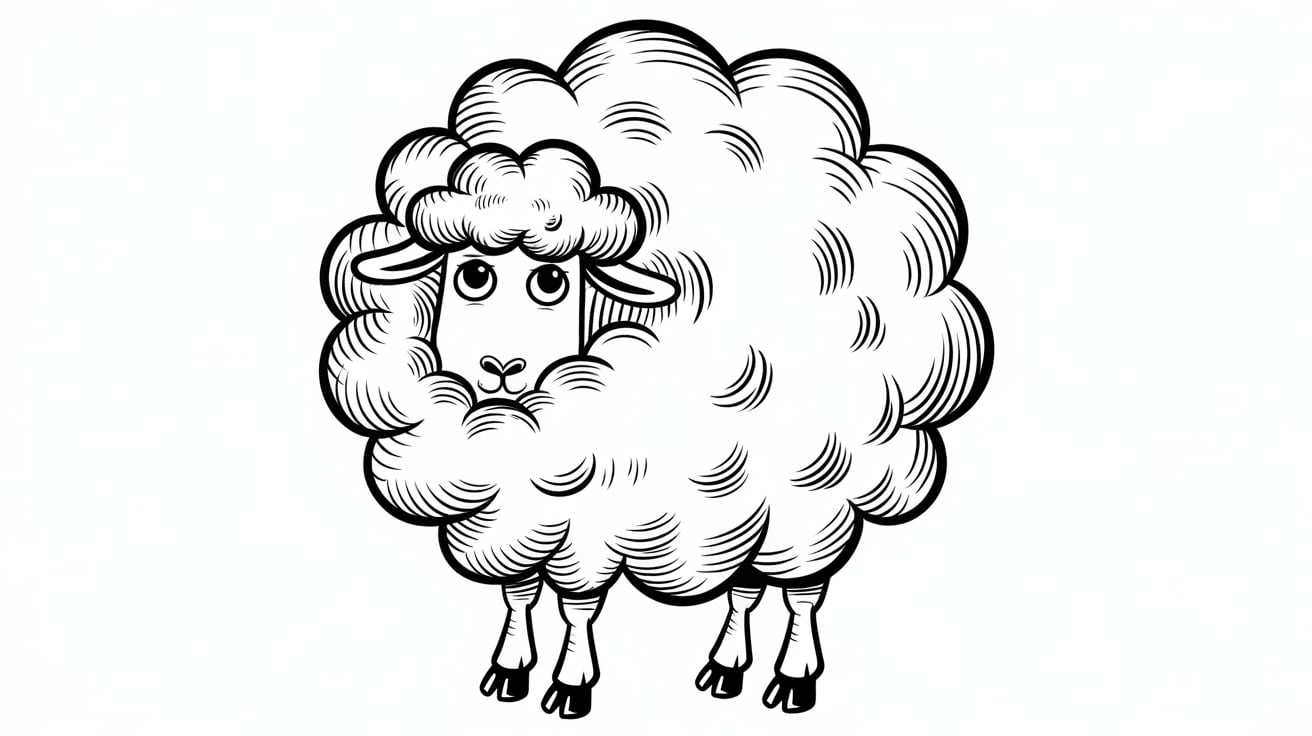
Make a body that looks like a fluffy cloud with small legs sticking out from underneath. Add a small face peeking out from all that wool, with just the eyes and nose visible.
The curlier and more exaggerated you make the wool swirls, the more whimsical your sheep will look!
Color Suggestions:
- White or cream for the fluffy wool
- Light gray or beige face peeking through
- Pink nose and black eyes for contrast
Why Drawing Animals Makes Learning Fun?
I love teaching beginners to draw animals because:
- Animals have forgiving shapes – they still look cute even if their proportions are a bit off
- They bring immediate joy to both the artist and anyone who sees them
- The simple shapes build confidence before tackling harder subjects
- You can start with basic circles and ovals and still create something recognizable
Remember, the goal isn’t perfection. It’s about having fun and gradually improving your skills. Even professional artists started somewhere!
Conclusion
Drawing cute animals isn’t just fun – it’s the perfect confidence builder for art beginners. These ideas start with basic shapes anyone can draw and gradually add more details as your skills grow.
Remember that every artist started as a beginner. Your first turtle might look more like a blob with legs, but by your fifth try, you’ll see real improvement!
The best part about animal drawing is the instant joy it brings. There’s something magical about creating a character that looks back at you from the page.
So grab a pencil today and try just one animal from this list. Then another tomorrow. Before you know it, you’ll have a collection of adorable creatures showcasing your artistic journey.
Frequently Asked Questions
What if My Hands Shake When I Try to Draw Lines?
Instead of using your fingers, draw with your wrist or arm. Rest your hand on the paper and try making quicker, more confident strokes.
How Can I Fix Mistakes Without Starting Over?
Incorporate mistakes into your drawing or add details that disguise them. Remember, many “happy accidents” can make your animals more unique.
Should I Use References or Draw from Memory?
Both approaches help develop different skills. References improve accuracy, while memory drawing boosts creativity and understanding of basic forms.
What’s the Best Way to Practice These Animal Drawings?
Draw the same animal 3-5 times in one sitting. You’ll see improvement with each attempt and build muscle memory for those shapes.
How Do I Add Personality to My Animal Drawings?
Focus on the eyes and mouth – slightly changing these can transform an expression. Tilting the head or adjusting posture also adds instant character.


